The 5 Coldest and 5 Hottest Days in America’s History
This article is all about the days that made history—when temperatures went off the charts, and the whole country felt it. We’re talking frozen eyelashes in the dead of winter and asphalt melting under triple-digit heat. Let’s rewind to the wildest weather days America’s ever seen.
Prospect Creek, Alaska – January 23, 1971 (-79.8°F/-62.1°C)
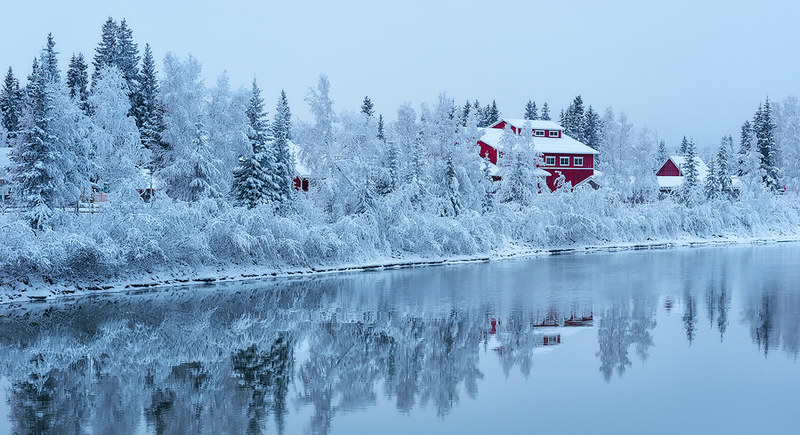
Credit: flickr
Prospect Creek wasn’t exactly planning to make history, but on January 23, 1971, it froze its way into the books. The temperature bottomed out at -79.8°F, still the coldest ever recorded in the United States. Locals joked you could hear your breath freeze; honestly, they weren’t far off.
Rogers Pass, Montana – January 20, 1954 (-69.7°F/-56.5°C)
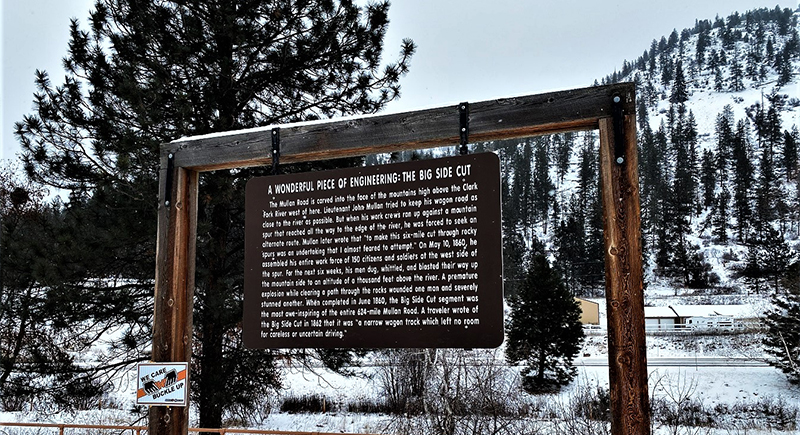
Credit: Wikimedia Commons
Montana hit legendary lows when Rogers Pass clocked in at -69.7°F. It holds the coldest temperature ever recorded in the lower 48 states. The area sits along the Continental Divide, and with clear skies, snowpack, and no wind to stir things up, the cold air just sat there.
Peter Sinks, Utah – February 1, 1985 (-69.3°F/-56.3°C)

Credit: Wikimedia Commons
Peter Sinks sounds like the name of a ghost town, and it feels like one, too—especially after dropping to -69.3°F. It’s a natural sinkhole in northern Utah where cold air collects and refuses to leave. Even in summer, this place can feel frosty at night.
Riverside Ranger Station, Wyoming – February 9, 1933 (-66°F/-54.4°C)
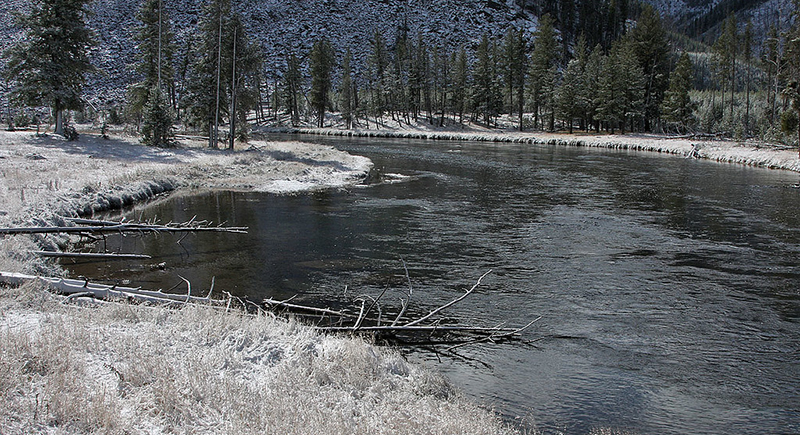
Credit: flickr
Yellowstone’s Riverside Ranger Station recorded a sharp -66°F on this icy February morning. Park rangers didn’t have heated trucks or fancy gear back then, so anyone working that day had to be built differently. Wyoming’s winters are no joke, and this reading still stands as one of the state’s coldest on record.
Moran, Wyoming – February 9, 1933 (-63°F/-52.8°C)
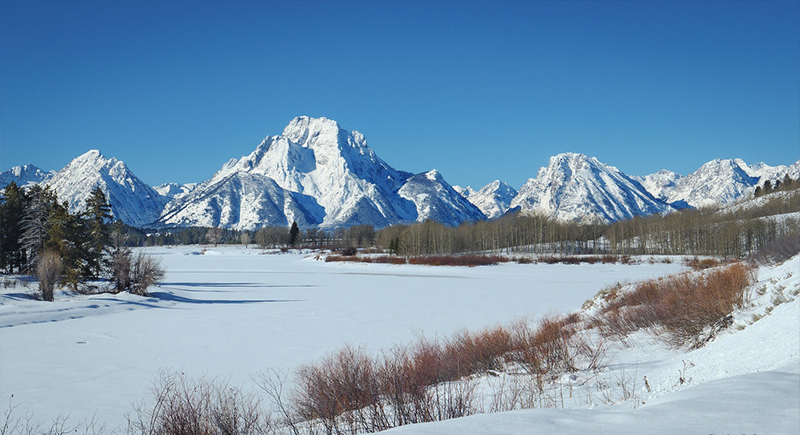
Credit: flickr
Just outside Grand Teton National Park, Moran had the misfortune of waking up to -63°F the same day Riverside Ranger Station hit -66°F. The two towns practically competed for the coldest bragging rights, but everyone lost—except meteorologists, who still cite this frozen date.
Parshall, North Dakota – February 15, 1936 (-60°F/-51.1°C)
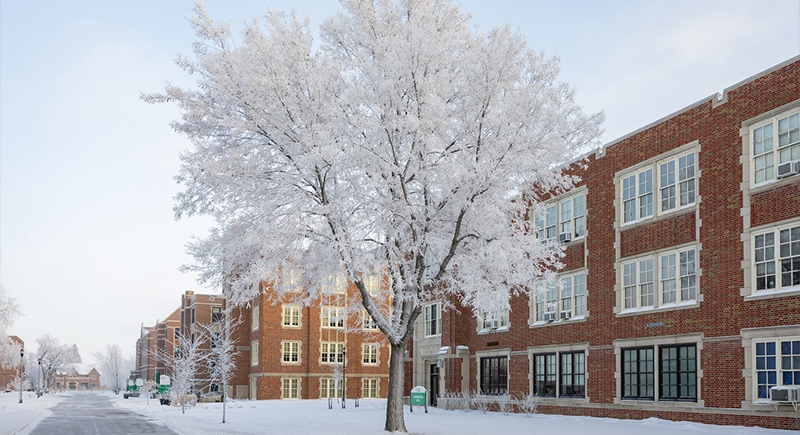
Credit: Instagram
During the brutal winter of 1936, Parshall hit -60°F. It didn’t warm up much, either. That same year, the state hit 121°F in July, marking one of the wildest temperature swings ever recorded in the U.S. North Dakota.
Tower, Minnesota – February 2, 1996 (-60°F/-51.1°C)
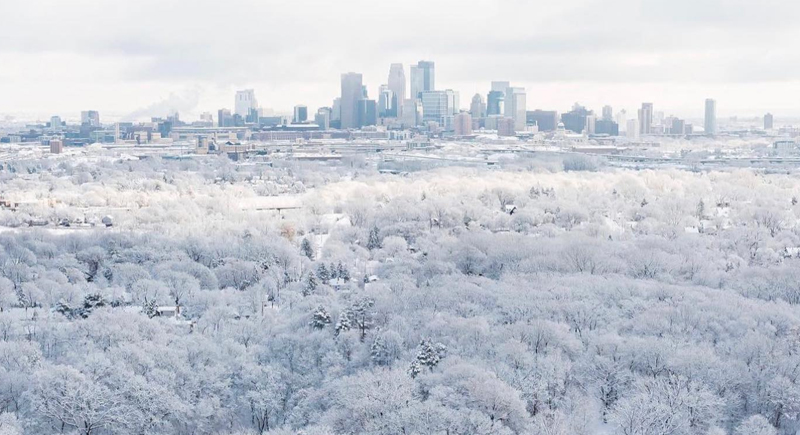
Credit: Instagram
Tower may sound like a firm name, but on February 2, 1996, even this Minnesota town couldn’t stand up to the cold. It dropped to a brutal -60°F and tied the state’s record low. Several videos from that day went viral—before viral was even a thing.
McIntosh, South Dakota – February 17, 1936 (-58°F/-50°C)
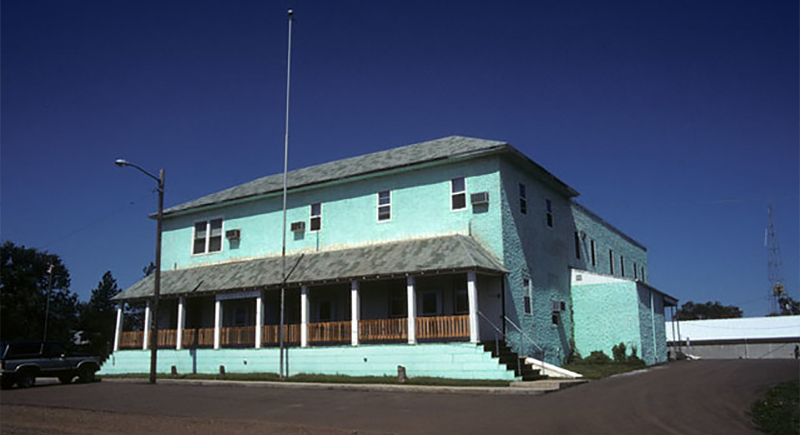
Credit: flickr
Just two days after Parshall’s record cold, McIntosh followed up with -58°F. That February didn’t mess around. South Dakota’s record still stands, thanks to this frigid outburst. People used to heat engine oil on stoves to start their cars, and that winter, even that barely worked.
Furnace Creek Ranch, Death Valley, California – July 10, 1913 (134°F/56.7°C)

Credit: flickr
Death Valley didn’t earn its name by accident. On July 10, 1913, Furnace Creek Ranch reached 134°F—the highest air temperature ever recorded on Earth. It was so hot that birds reportedly dropped mid-flight. There’s still debate whether the reading was accurate, but the National Weather Service stands by it.
Lake Havasu City, Arizona – June 29, 1994 (128°F/53.3°C)
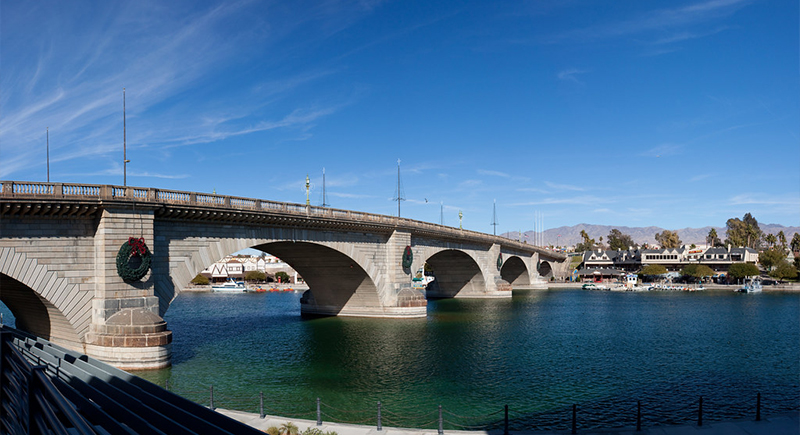
Credit: flickr
Arizona doesn’t mess around in the summer, and Lake Havasu City hit peak heat at 128°F. That’s hot enough to fry an egg on a sidewalk—yes, people tried it. The town is known for its water sports, but the lake probably felt like bathwater that day.
Laughlin, Nevada – June 29, 1994 (125°F/51.7°C)
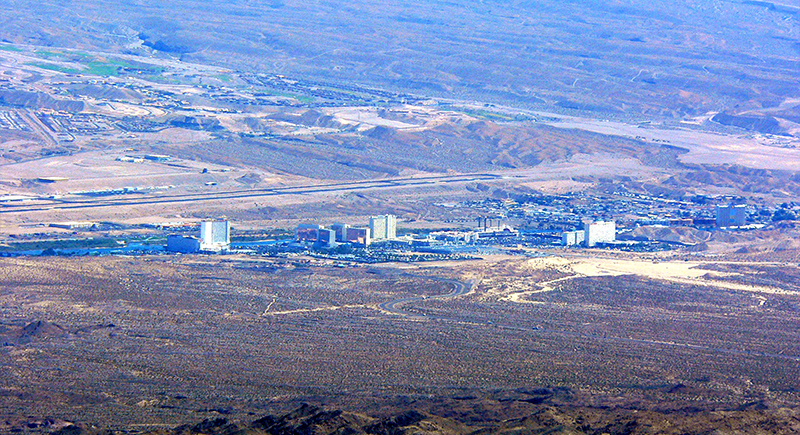
Credit: Wikimedia Commons
Same date, different side of the river—Laughlin got hit, too. The town baked at 125°F while casinos cranked the AC, and shade became the hottest commodity around. Laughlin’s record still stands, and locals remember it as the day the desert decided to go full blast. Nothing stayed cool—not even inside.
Alton, Kansas – July 24, 1936 (121°F/49.4°C)
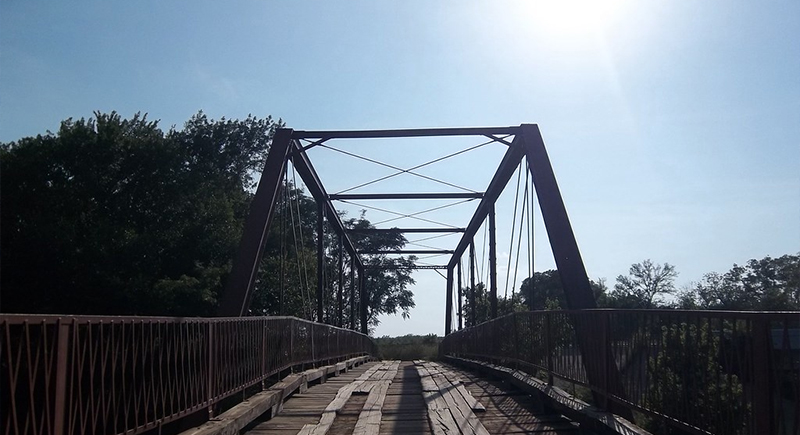
Credit: flickr
Kansas came in swinging during the Dust Bowl heatwave of 1936. Alton reached a staggering 121°F and set the state’s all-time high. People witnessed crops wilted, railroads warped, and they slept outside in hopes for a breeze. That summer was brutal across the Midwest.
Ozark, Arkansas – August 10, 1936 (120°F/48.9°C)
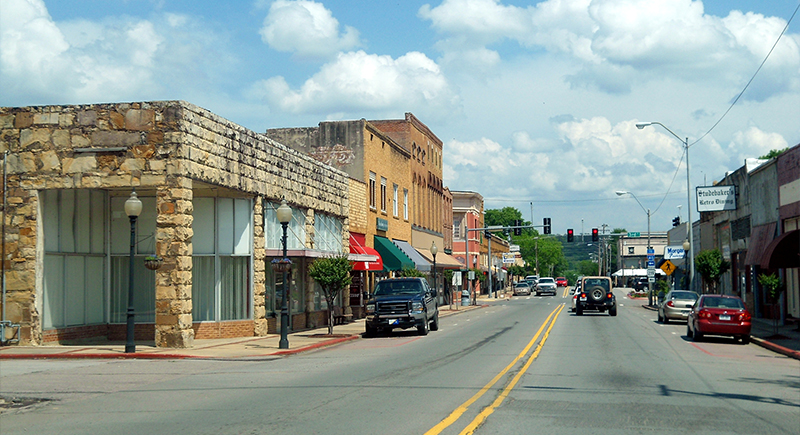
Credit: Wikimedia Commons
Ozark went into meltdown mode on August 10, 1936, when thermometers maxed out at 120°F. It was part of the same infamous heatwave that swept much of the U.S. that summer. Arkansas was used to sticky weather—but that day pushed past miserable and straight into record books.
Phoenixville, Pennsylvania – July 10, 1936 (111°F/43.9°C)
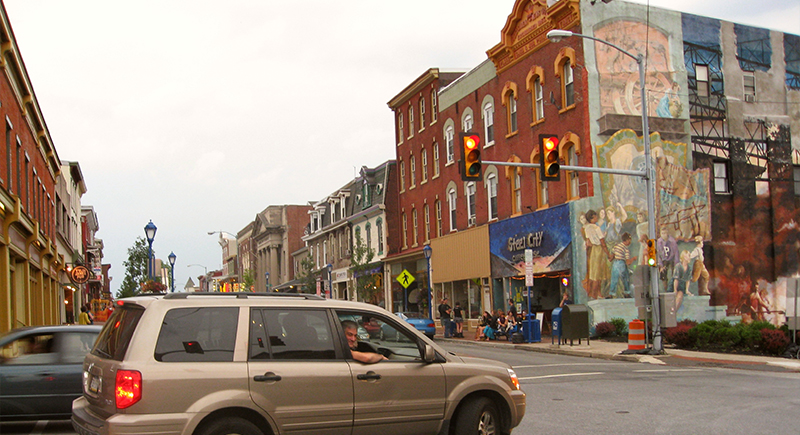
Credit: Wikimedia Commons
Pennsylvania isn’t exactly known for desert heat, but Phoenixville gave it a try in 1936. On July 10, the town hit 111°F—still the hottest temperature ever recorded in the state. With no modern air conditioning, locals likely fanned themselves with anything they could find and prayed for clouds.
Gallipolis, Ohio – July 21, 1934 (113°F/45°C)
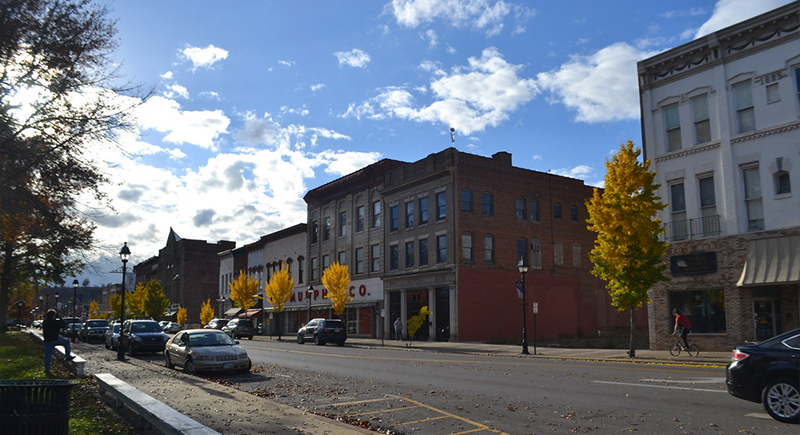
Credit: flickr
Gallipolis reached a sweltering 113°F during the summer of 1934 and marked Ohio’s highest temperature ever recorded. It was so hot that local newspapers joked that birds were panting and the pavement turned soft. The heatwave swept across the Midwest, dried rivers, and wrecked crops.